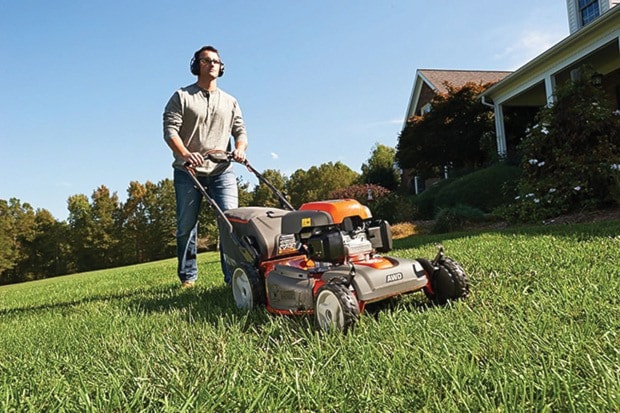Many people feed their lawns every other month throughout the spring and summer months, but a fall feeding is considered the most important application of the year.
A lawn fed three to four times a year develops a deep root system to resist heat, drought and wear. It also develops thick, green top growth to naturally resist weeds, disease and insects.
Feeding the grass when it no longer needs mowing, before the ground freezes, gives the lawn the extra nutrients it needs to survive the winter and bounce back in spring.
Look for a fertilizer with higher nitrogen (N) and potassium content (K), the first and last numbers on the bag. These are the nutrients that help promote a stronger root structure, disease resistance and hardiness in cold weather.
A properly-fed lawn produces a deeper root structure, capable of reaching water deeply stored in the soil. Fertilizer doesn’t go bad if it’s kept dry, so you can safely use any leftovers from the previous year.
When feeding your lawn, make sure to use a quality spreader or handheld model to ensure even feeding.
Also, don’t apply fertilizer if heavy rain is expected, and ensure the last application is on before the ground is frozen.
Remember, fertilizer can only do its job if it’s on your lawn or garden. Sweep any fertilizer that lands on sidewalks or driveways back onto the lawn, avoiding sewers and waterways.
Additional tips are available online at Fertilizercanada.ca.
News Canada
